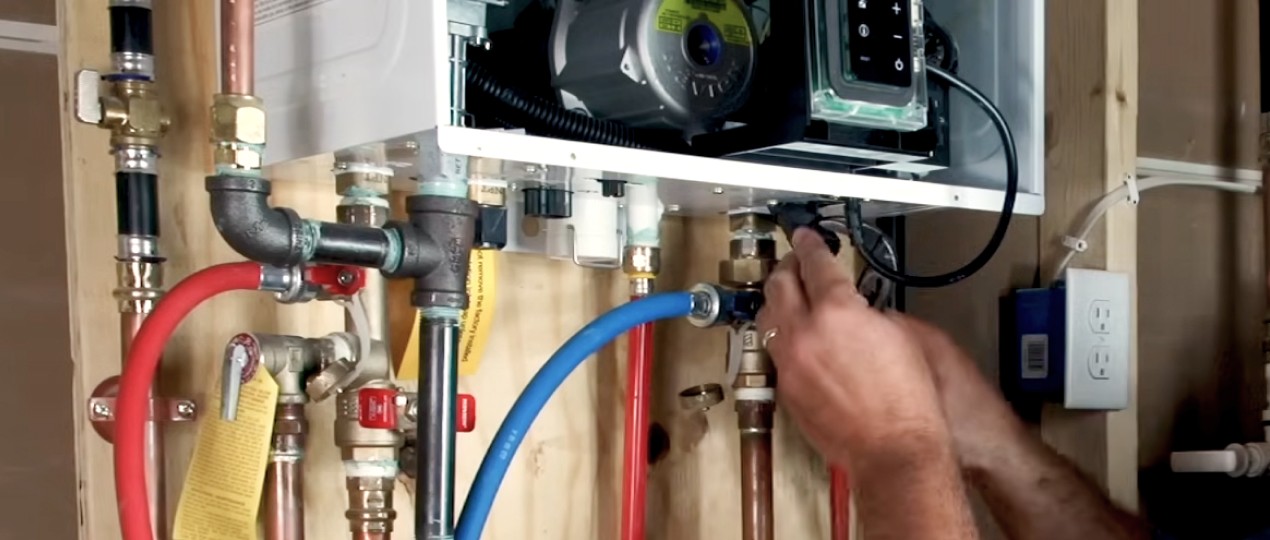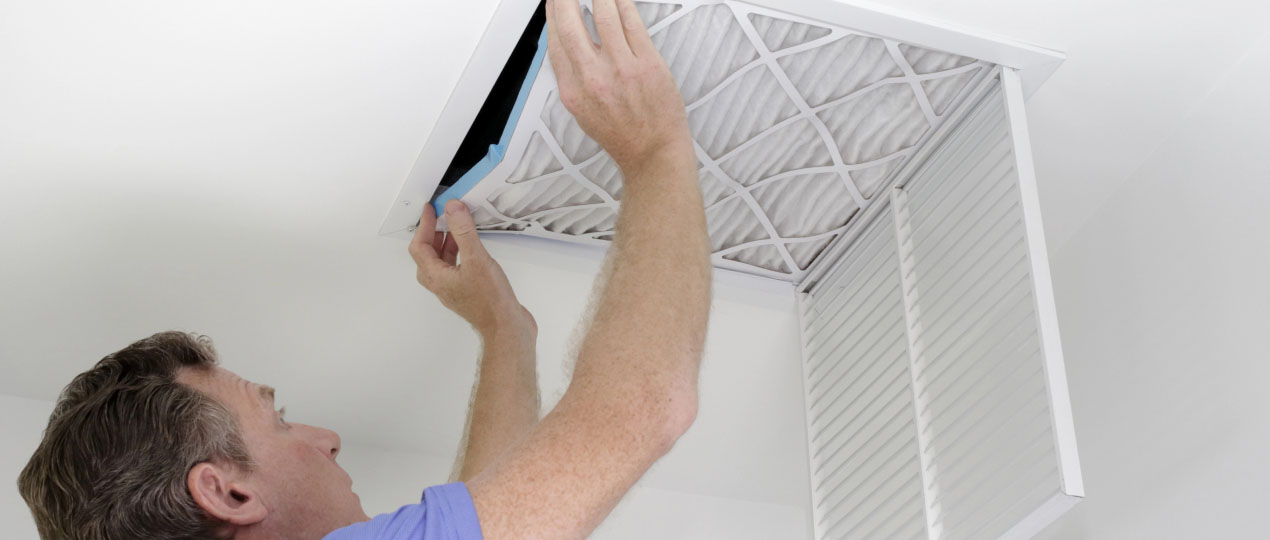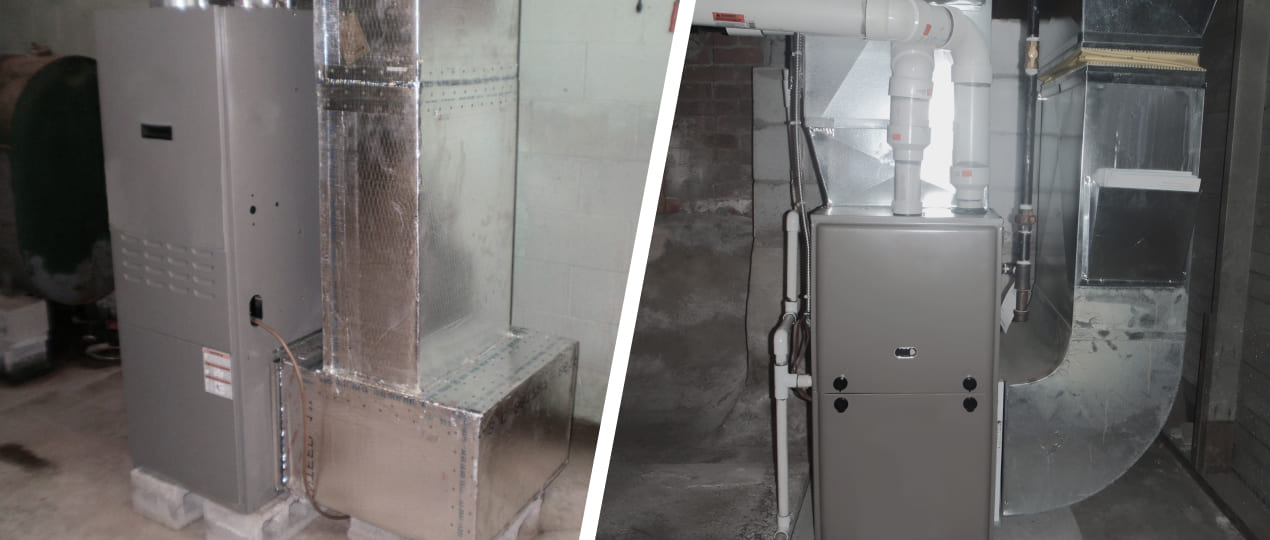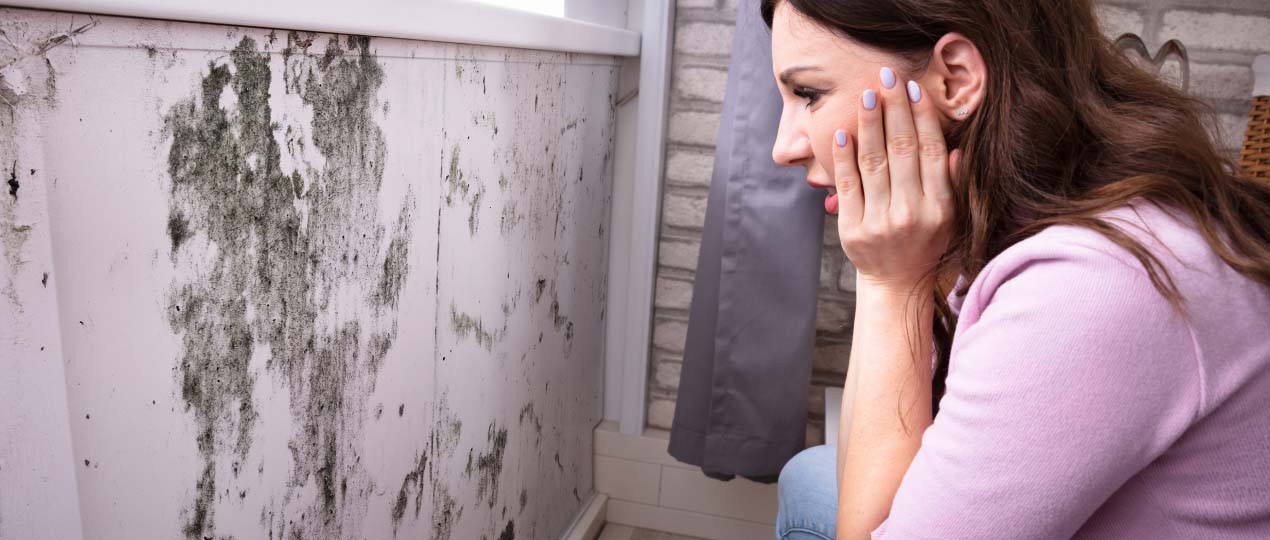
Your air conditioning system removes humidity from the air, and the excess moisture is drained through the condensate line. Over time, dust, dirt, mold, and algae can accumulate inside the drain, eventually causing a blockage. If left unaddressed, this seemingly small problem can cause expensive repairs. In this article, you’ll learn how to recognize the warning signs early and take the right steps to clean AC condensate drain line.
What are the signs that your AC condensate drain line needs cleaning?
A clogged condensate drain doesn’t always show obvious signs right away. However, several signs indicate that it’s time for AC condensation drain cleaning:
- Water leakage One of the most obvious signs is water leaking or pooling around the indoor unit of your air conditioner. This can manifest as water stains on the walls or ceiling, or even visible water dripping from the unit.
- Musty smells The accumulated moisture in the drainage line is an ideal breeding ground for mould and fungus. If you smell a musty odour coming from your air conditioner or ductwork, it could be a sign of microbial growth due to a clogged condensation drain.
- Reduced cooling efficiency A clogged condensate drain can compromise the overall efficiency of your air conditioning system, resulting in reduced cooling capacity and uneven temperature distribution throughout your home.
- High humidity In addition to cooling your home, your air conditioning system also helps to regulate the humidity levels in your home. Clogged condensation drainage can lead to high humidity levels, causing discomfort and potentially promoting mould growth in your living spaces.
Effective ways to clean your AC condensate drain line
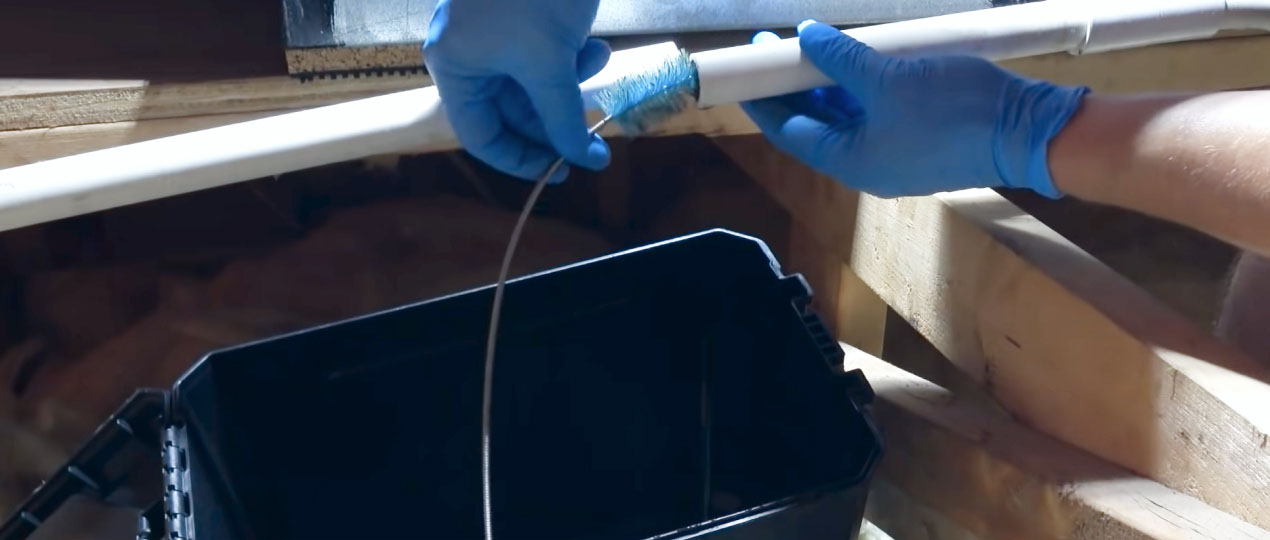
Cleaning your AC condensate drain regularly improves system efficiency and helps you avoid costly repairs. Here’s what you need to do:
Step 1: Remove debris
Periodically remove any visible debris from the condensate drain line using a vacuum cleaner, plumber’s snake or a special cleaning tool. Before performing any procedures, make sure that the power to the air conditioner is switched off.
Step 2: Rinse with vinegar
To prevent the growth of mould, flush the drain with vinegar and water. This natural solution helps dissolve organic matter and prevents the growth of microbes in the drain line.
Step 3: Use a drain line cleaner
Consider using the air conditioner condensate drain cleaner or treating the condensate drip tray to prevent clogging and inhibit microbial growth. These products are designed to release enzymes or biocides into the drain line, which helps maintain a clear passage for condensation to drain away.
Step 4: Schedule professional maintenance
Schedule annual maintenance visits with a licensed HVAC technician who can perform a thorough inspection, cleaning, and preventative maintenance on your air conditioning system, including condensate drainage.
Regular inspections, preventative measures and appropriate cleaning methods will ensure uninterrupted drainage, optimise system performance and protect your home from the damaging effects of clogged condensation drains.
At Superior HVAC Service, we provide expert AC maintenance, including thorough condensate drain cleaning to keep your system running smoothly. Our experienced technicians use advanced tools to remove blockages and prevent future clogs, ensuring optimal performance. Don’t wait until a clogged drain causes major damage – contact us today!
Trust us to provide cost-effective and long-lasting solutions for any HVAC issue.
REFERENCES
Sawan, R., Ghali, K., & Al-Hindi, M. (2012). Use of condensate drain to pre-cool the inlet air to the condensers: A technique to improve the performance of split air-conditioning units. HVAC&R Research, 18(3), 417-431. https://doi.org/10.1080/10789669.2012.619395

